I’m not sure if you’re sick of the France posts (because you know, this is still technically a book and tea blog), but my MBA cohort and I recently went on a team-building trip to Île Saint-Honorat, an island just off Cannes, and I really wanted to document my experience for the future.
île Saint-Honorat is named after Saint Honoratus, who you can read about on this Wikipedia page. It’s next to another, bigger island called île Sainte-Marguerite. Saint Honoratus, who was attempting to find a place where he could be a hermit (spoiler alert: this failed because other people ended up joining him) chose this smaller island was because it had fresh water. Now, it’s home to a community of monks and receives about 100,000 visitors every year.
Our morning started with some team building activities, which I won’t elaborate on because you had to be there to experience it. I was in a team with some people I didn’t know very well (well, at this stage that’s the majority of my cohort), but competing together means you have to get along/make friends really quickly, so I was grateful for the opportunity.
We had our lunch after the team building activities and it was amazing – bottles of rosé with an appetiser, it’s really some tomatoes and cheese on bread but it reminded me of a pizza, a main course of tender salmon on risotto/buttered rice, and tiramisu. The food and the wine, coupled with the leisurely pace of the lunch, helped with the conversation I thoroughly enjoyed getting to know a few of my classmates more.
After lunch, we were able to choose the activities that we wanted to do. Since I’ve never been to a wine tasting before, I went straight for that. Apparently, wine has been made on the island for a thousand years! They mainly produce wines meant to be aged, which are red wines and white wines. About 35,000 bottles are produced each year and about 60% of them are red and 40% of them are white. Someone asked about rosé and I learnt that rosé is apparently not meant for ageing, which is one reason why it’s not made on the island. Another reason why rosé isn’t made is that the earth here produces a rosé that has an atypical colour. Apart from wine, there are also olive plants for olive oil, but our guide told us that was a newer addition – only four to six centuries old. I wonder what they would consider a country like Singapore since we’ve only got 50-odd years since independence!
The 8.5-hectare vineyard is located in the middle of the island and they are surrounded by a forest. The forest is actually really important because it helps to prevent too much salt from the sea from getting into the vineyard – while some salt is useful because it helps kills unwanted mushrooms, too much salt can harm the vineyard as well. And since the vineyard is on an island in the south of France, the sea also helps to regulate the temperature. Sadly, it seems like global warming is affecting the production of wine because the harvest season is now much earlier than it was five years ago. Apart from all these facts about vineyards and wines, which I had no idea about, I also learnt a lot of interesting things, such as:
- The reason the olive trees look white is because they are sprayed with a type of clay to protect them from black flies
- There are three stages of wine tasting – visual (the colour of wine, the legs of wine, and whether the pane created by tilting the glass 45 degrees is shining, among other things), smell, and taste.
- With regards to tasting the wine, apparently the number of seconds wine stays on your tongue after you swallow/spit out is the number of years you can age the wine. If your wine only lasts for three seconds or less, that means you should be drinking that wine soon.
- The wine glasses we used are a standard wine glass created by, if I didn’t mishear, the Institut National des Appellations d’Origine (INAO). It’s got several features, such as a small opening that allows you to smell the wine better and is tall enough for you to swirl the wine without anything spilling.
- If you pour red wine in a glass that had white one before, there will be more legs because the white wine has cleaned the glass (compared to a clean glass which has limescale deposits from the water)
I personally preferred the white wines, but mostly because the red wines had a smoky note from the oak that I’m not a huge fan of. The other thing I realised was that even though tea and wine is supposed to a similar set of descriptors, I’m not very good at describing the notes of either drink!
There’s nothing much more to report after the wine tasting, because it was just filled with conversations! All in all, I found this to be an enjoyable and enriching afternoon, and it made me excited for the rest of the programme.
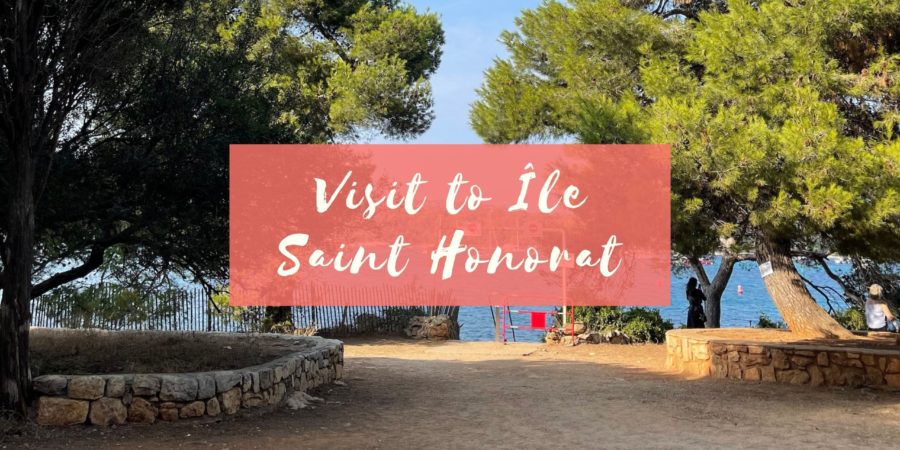
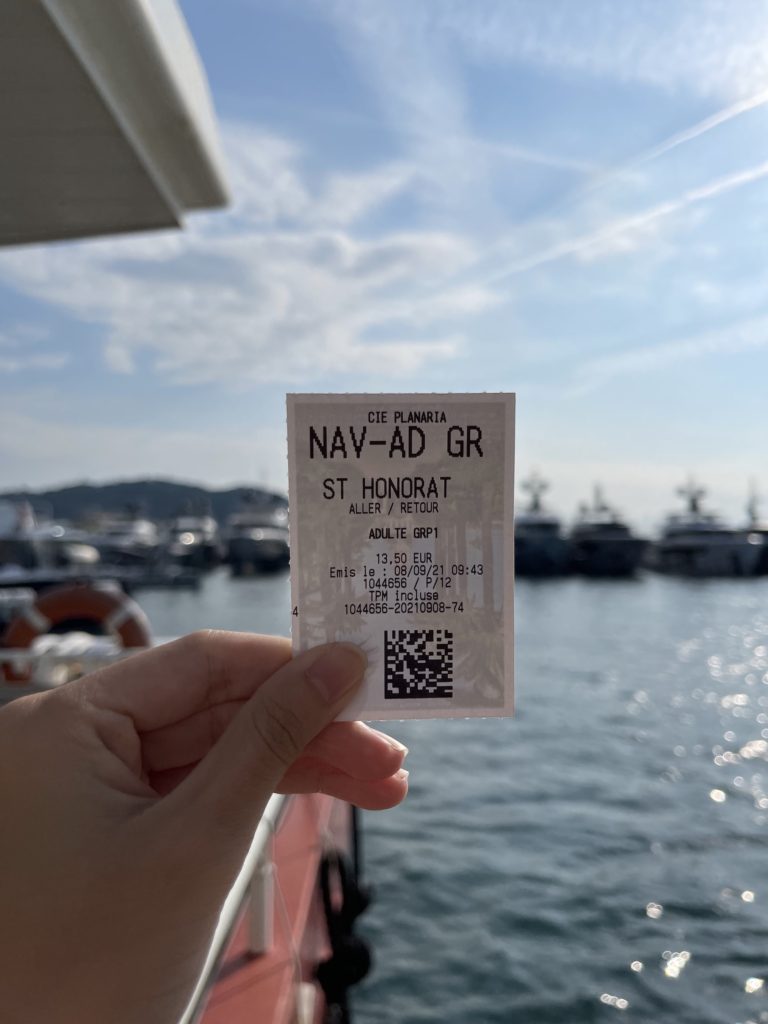

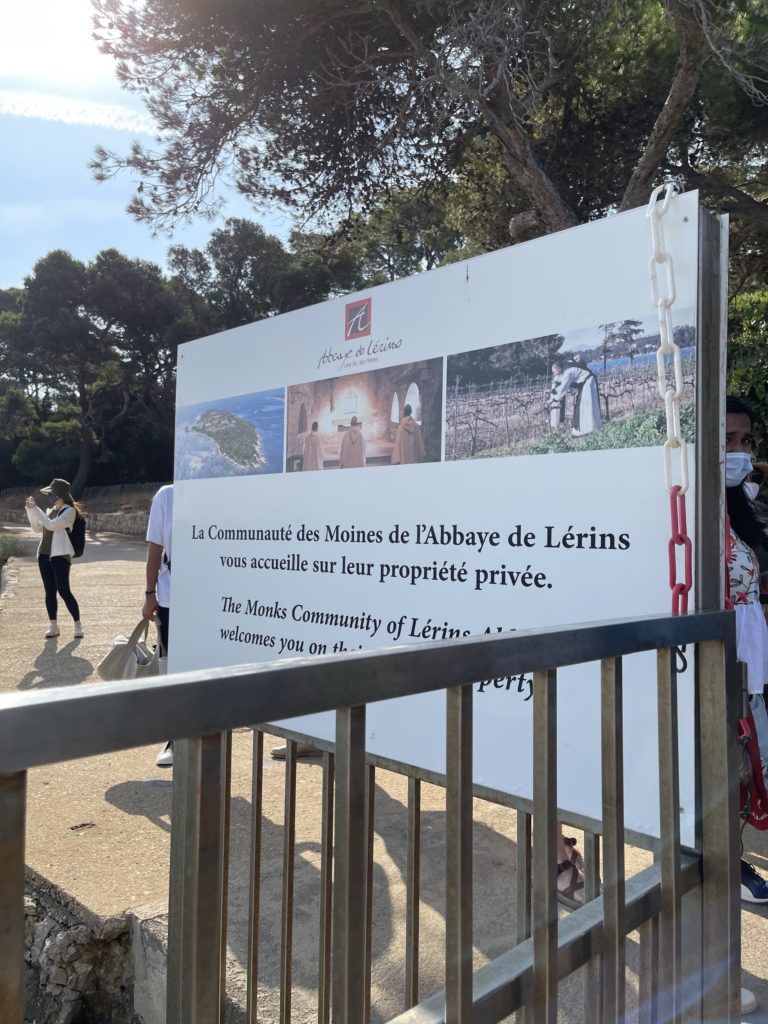
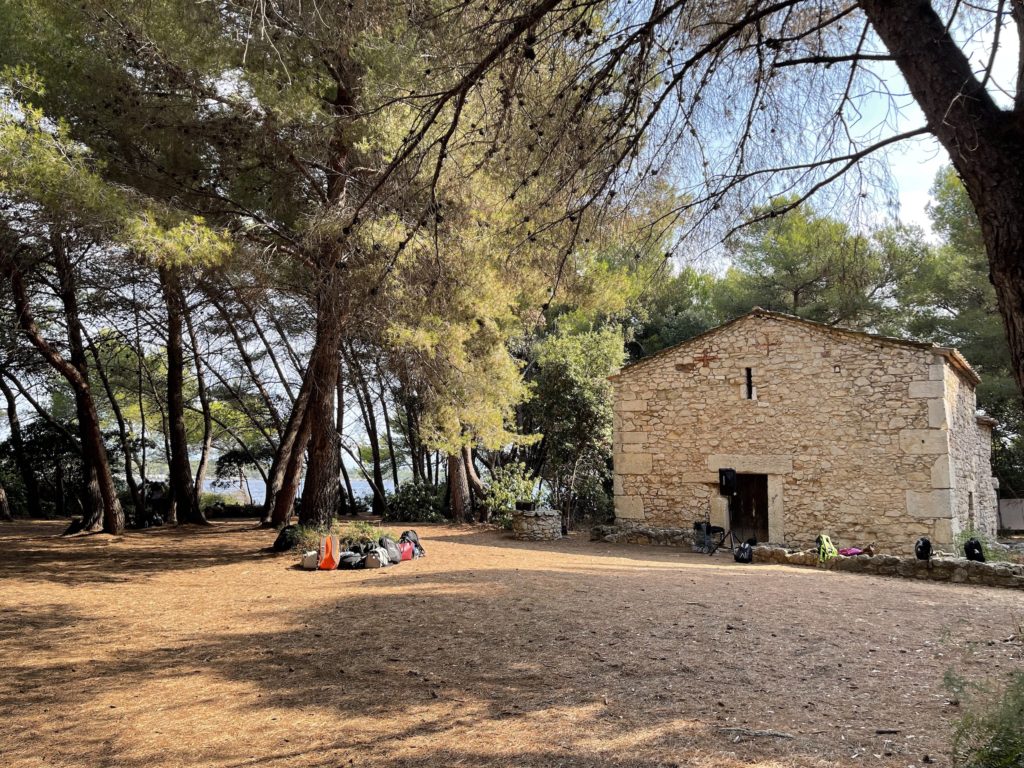
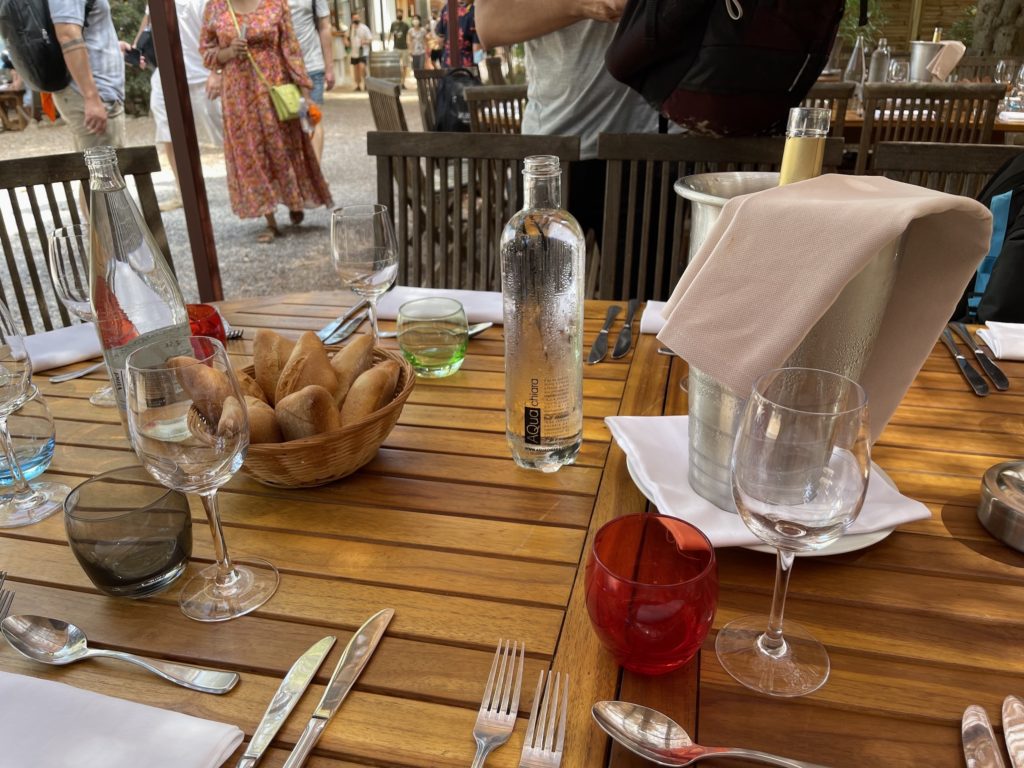
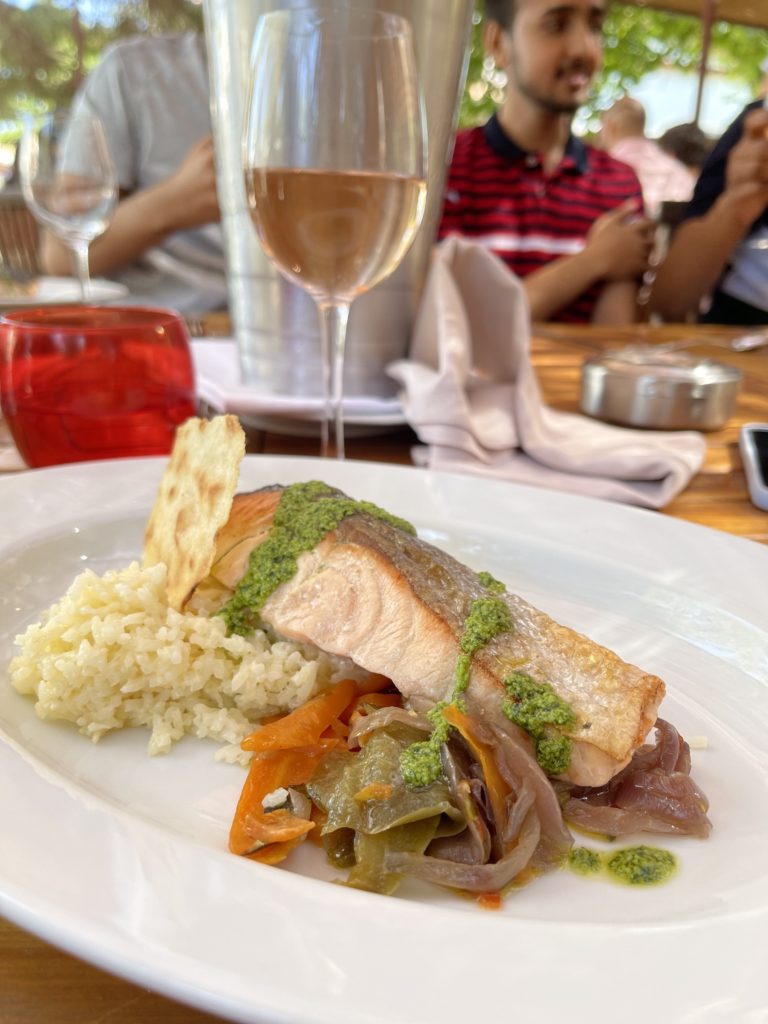

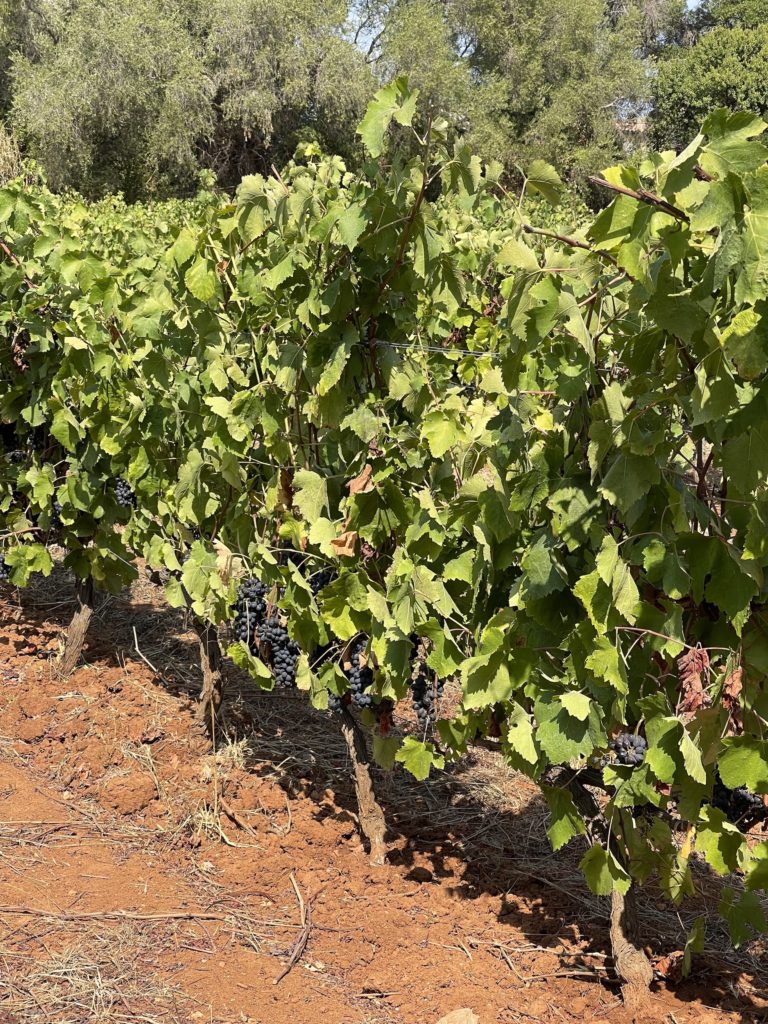
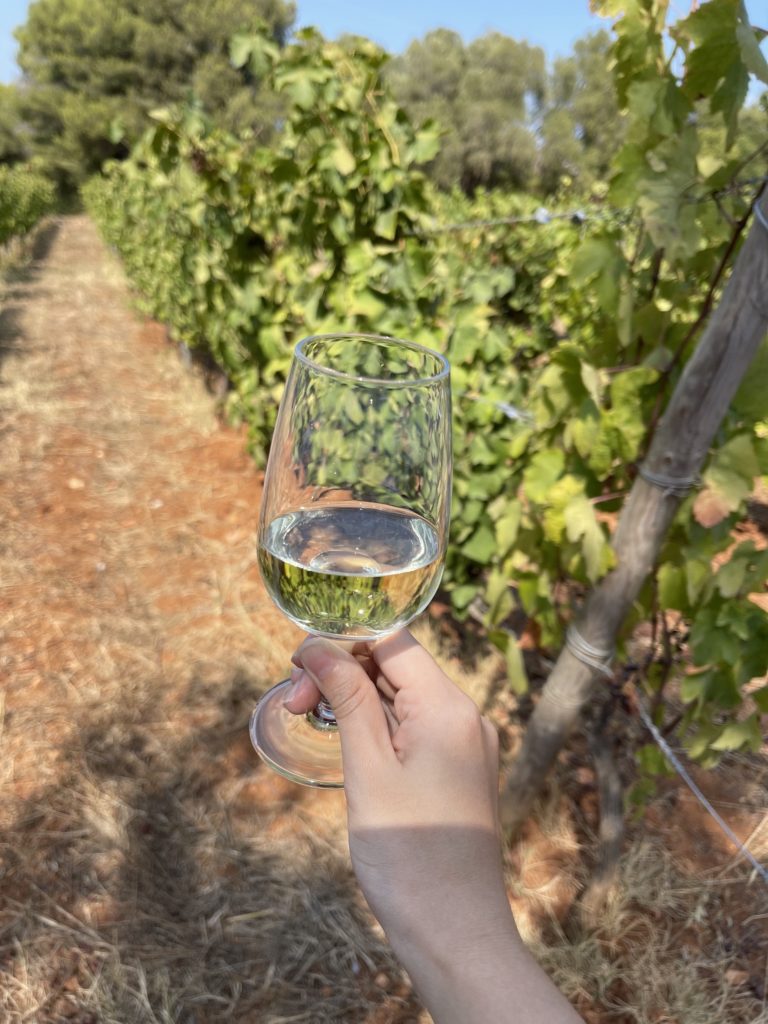


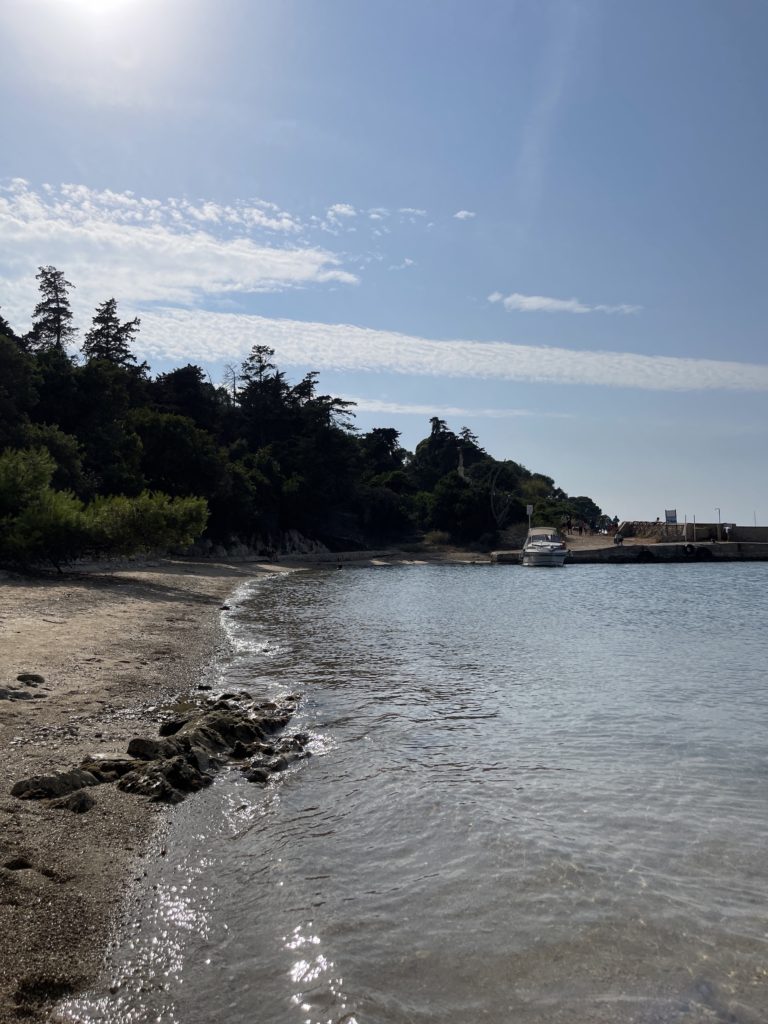
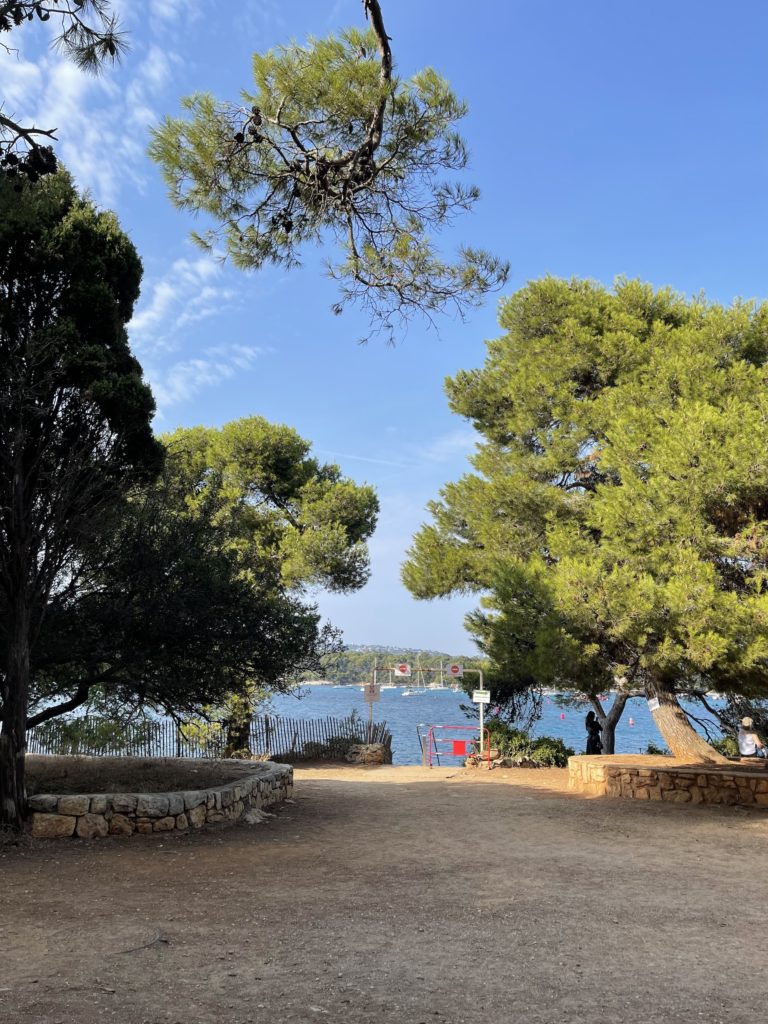
Interesting post! I, for one, am still curious about your experience in France amid the COVID-19 pandemic — so I’ll keep on reading.
Thank you! So far it seems fairly normal (except for masks on all the time and smaller class sizes) but if anything interesting happens I’ll probably write a post (:
Not sick of the France posts at all! I’ve never been to France but would love to visit, and I’ve loved getting to read about what you’ve done there!
I’m glad! I don’t know how much travel I can do now that school has started, but I would love to write more about France!
This sounds like another exciting trip! I laughed when they told you that four to six centuries old is “new,” though!
Haha yes, we all found it quite funny! I think everyone in my group found those trees ancient!
As always this is so gorgeous!!
Yes!! I would love to go back to the island, if only to have lunch again hahaha
I am loving your France posts. 🙂 I am glad you had a nice time on the trip. It sounds wonderful.
Thank you! It was a great trip!